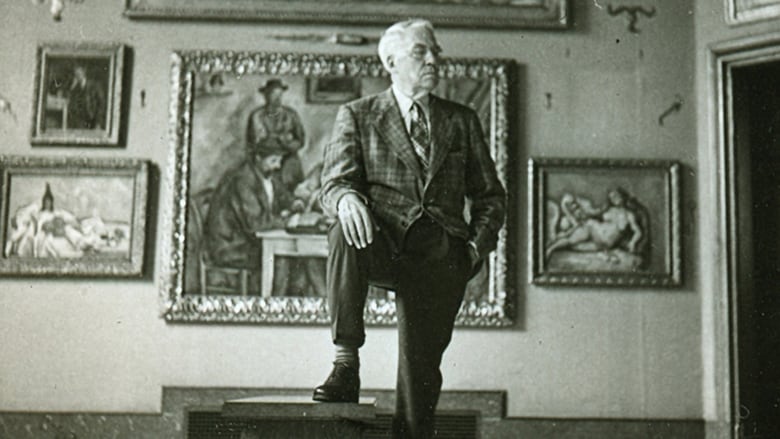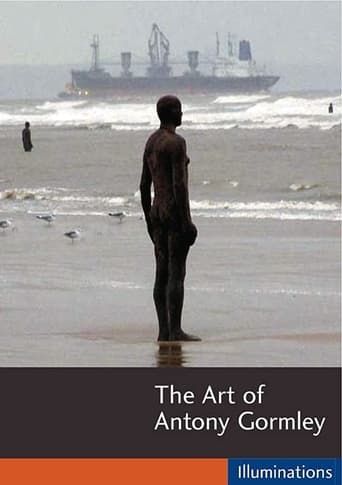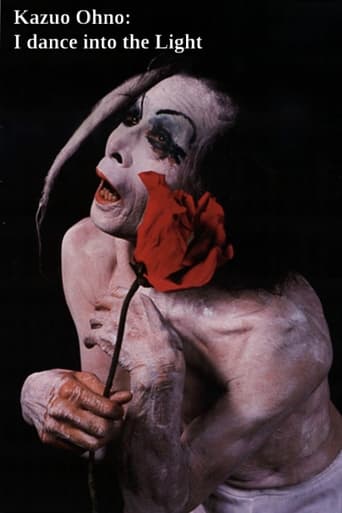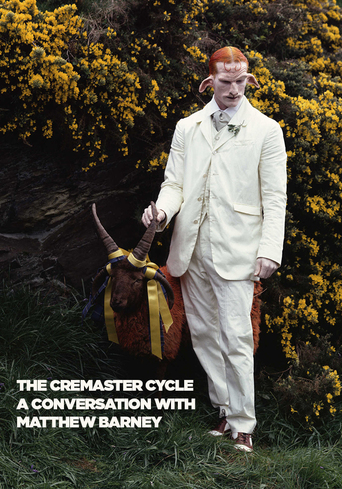

The Art of the Steal (2010)
A gripping tale of intrigue and mystery in the art world, this film traces the history of a collection of Post-Impressionist paintings - worth billions - which became the subject of a power struggle after the death of its owner. Dr. Albert Barnes.
Watch Trailer
Cast


Similar titles
Reviews
A remarkable, thought provoking documentary that I thoroughly enjoyed, even though I had no prior knowledge of the events – already well explained in previous reviews.I couldn't help but bring to mind the putative words of Pretty Boy Floyd:"Well, as through the world I've rambled, I've seen lots of funny menSome will rob you with a six-gun, and some with a fountain pen".There's an awful lot of robbing going on here, poignantly underlined in the scene as flamboyant signatures are exchanged by the mayor of Philadelphia and the Barnes Foundation as they signed their 'deal'. I can't say that any of the robbers in this film were particularly funny. In fact every time the story cried out for the other side of the story, a message on the screen said so-and-so declined to be appear on film, or declined to be interviewed, or declined to speak on the record whatever. I'm not sure how the film can be accused of being one sided when the other side wouldn't say anything. Actually the cowardly shame of their silence spoke volumes Kudos do, however, go to governor Rendell for actually appearing on film and putting his view, sincere as it appeared, although quite clearly having little regard for the fundamental issues at root – the clearly stated wishes and the will of Dr. Barnes about his art collection. In these reviews I've seen arguments about how it's going to be seen buy more people, in a more accessible location etc. But it's quite obviously not what Dr Barnes wanted for his collection. Call me old fashioned but I think his wishes should have been be accorded priority.
Not only did I find this film to be an intriguing and well-paced documentary about the move of the Barnes Foundation from its proper home in Merion County, PA to Philadelphia, I also found it very personal.I, unlike many other people who have written reviews, have actually been to the Barnes Foundation in Merion. I was there almost 10 years ago, but the memory is still vivid, perhaps because it was the most unique art viewing experience I have ever had. No large building could replicate the atmosphere and intimacy of the Barnes Foundation, and even though I have travel extensively and seen some of the most renowned art museums in the world, I would NEVER want the Barnes art to be moved. The US will lose a national treasure when the art is relocated, and I still hold out hope that something can be done about it. That is not even bringing into account Barnes's will and his own desires to keep the art as it is. Apparently nothing is sacred when politicians and big money want it desecrated. The Barnes Foundation is Dr. Barnes' legacy, his gift to the world, and what a gift it is.
This movie is full of bullshit. But it's thought provoking, not about the art, but about something else.Is honoring one's will so important? If he wants to burn all these paintings, shall we honor it? Albert Burnes used "education" as excuse to keep these painting private. What's so bad to show it to public? Why show it to small group of people better than show to public? Albert Burnes's will is a WEIRED will. But showing those paintings to more people, justice and fairness have been done. Let analysis from beginning. ALbert Burnes got his money by some kind of luck. He enjoyed his money in his life time by collecting valuable arts to his own home and keep public out. It's already a selfish life. He want to keep the privilege forever by keep those painting to his house forever. What a selfish wish! Education? Go to hell. Showing to public is bigger education.Moving famous painting from a small place to a bigger museum is not a crime. Those people keep on saying this is a biggest crime in art world. Are they out of their mind? The paintings were not damaged, not owned by another selfish people, but to show to the public, owned by government. The angry and hard words from those interviewees in the movie are clueless.I have not idea about this subject before. Totally neutral. And I get the opposite impression against movie maker's intention after wathcing this biased movie. That's how bizzar their logic is! Another point. The crazy art world. Why these paintings so expensive? It's an illusion those "educated" people produce to make money, to show their higher status. It's just a painting. A copy of it has same color and shape, which you can get some enjoyment. The thrill comes from the "ownership of the original". A boost to ego. If those paintings can really enhance one's spirit, why most of the people in this movie are so low? They have closest contact with these best arts.
The Art of the Steal—another great doc in what's already being dubbed the best documentary year in a long time—does something seemingly impossible. It crafts a compelling and informative story about art galleries. It sounds as dry as the Sahara on paper, but the story is surprisingly engaging. I objected to director Don Argott's almost completely one-sided approach to the material, but as long as you keep that in mind throughout, this can be a truly rewarding experience.The film centers around Dr. Albert C. Barnes, a wealthy, anti-establishment suburban Philadelphia native who, in the first half of the 20th century, amassed one of the most impressive and expensive private art collections in history. The Barnes Collection consists of 181 Renoirs, 69 Cezannes, 59 Matisses, 46 Picassos, 16 Modiglianis and seven van Goghs, among other pieces of work, and it resided in Merion, PA, just outside of Philadelphia. When he died, an epic struggle for power and control broke out which has yet to be completely settled. If anything, it has escalated since Barnes' death.Barnes despised the rich, famous, and powerful of Philadelphia. His number one enemy was Walter Annenberg, who operated the Philadelphia Inquirer. And Barnes made his collection incredibly exclusive as a result. As one commenter stated, Barnes denied access to the New York Times art critic, but he'd let the town plumber come in any time of day. After Barnes suddenly died in a car crash, the vultures began to circle, but his will outlined very specific instruction on what should happen to his art. Control over the art passed down to a number of his "disciples," and it was made clear that the art wouldn't be moved.After the last of the disciples died, control went to Lincoln University, a small black college. Their presidents slowly shifted away from Barnes' wishes over time. One president, Richard H. Glanton, took the art on tour and attempted to expand hours to make the art more accessible. Glanton was despised by those loyal to Barnes (many of whom are the primary interview subjects in the film), but he was small potatoes to what the politicians and non-profit organizations did next.The story has the capability to frustrate you. Going against a man's will seems like a really despicable thing to do. But when you sit back and think about what's actually happening, some interesting questions are raised. What's really best: to keep this priceless art hidden at the request of a somewhat bitter man who died more than 60 years ago, or to open it up to the public and let everyone learn and appreciate the incredible work on display? This might be an instance in which what's best and what's right are in opposition, but the film raises the questions. Unfortunately, it doesn't take the time to explore them.The film is incredibly one-sided, more so than any documentary, outside the Michael Moore catalog, that I've seen in a long time. The only person interviewed that isn't a Barnes disciple is Glanton, and it appears he's only on hand because he wants to prove he wasn't as bad as what came after him.This year is already being talked up as one of the best in a long time for documentaries. Joan Rivers: A Piece of Work was one of my favorite films from the first part of the year. Inside Job and Countdown to Zero received very positive buzz out of Cannes. And Exit Through the Gift Shop and Restrepo, among others, have already opened to rave reviews. And that's not even discussing what's coming later this year. I've never been a huge fan of documentaries. Perhaps that's because I was a student and didn't care to sit through a lecture, no matter how interesting the subject might have been. This year, that has definitely changed.






